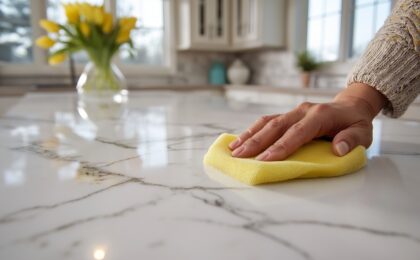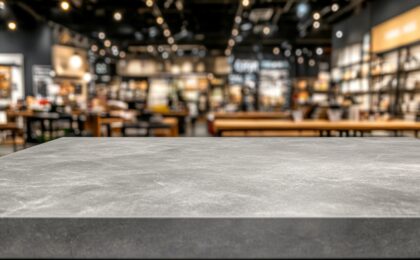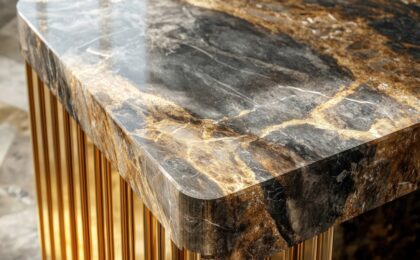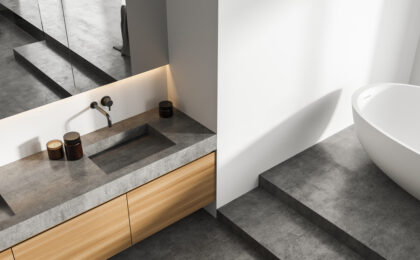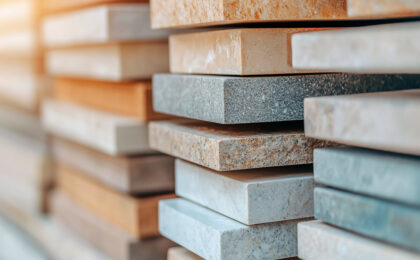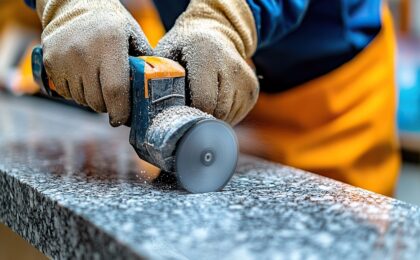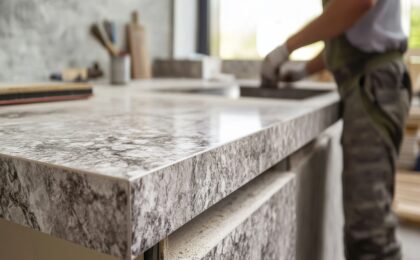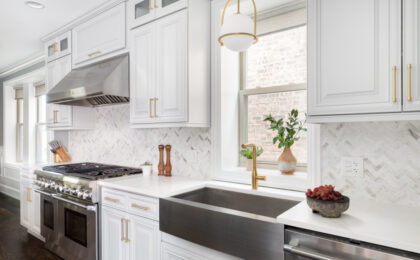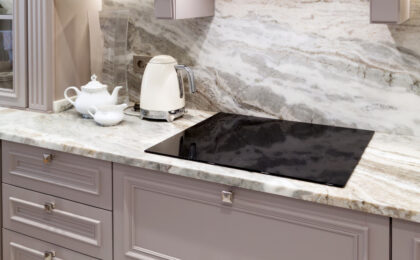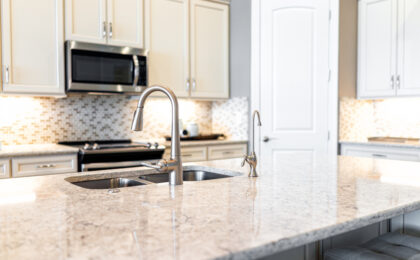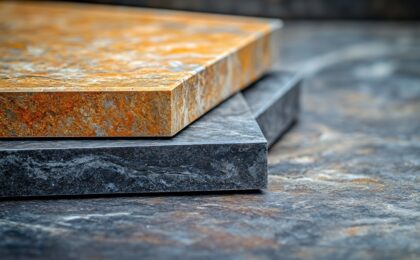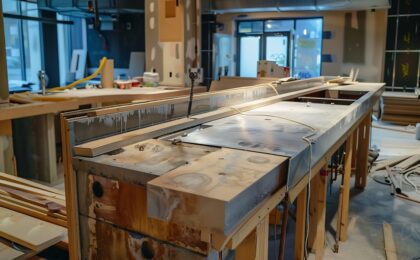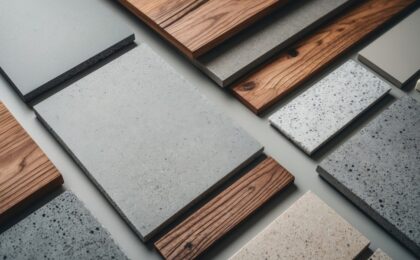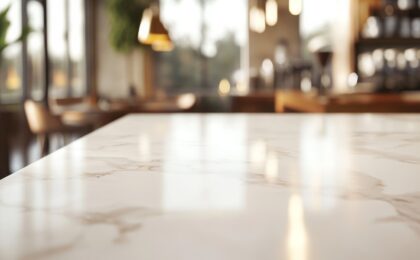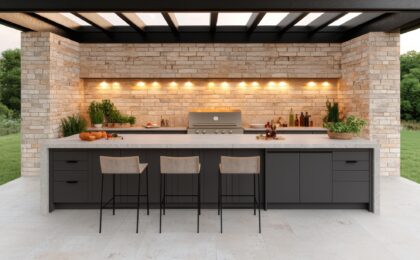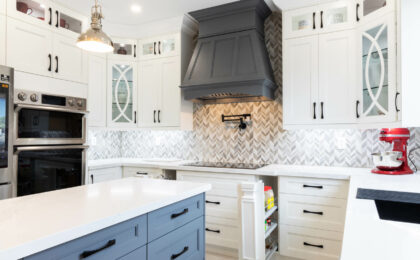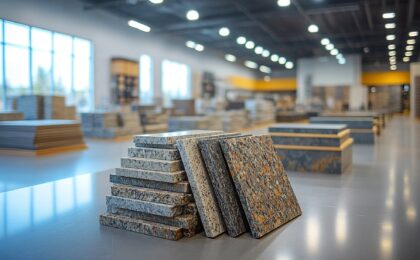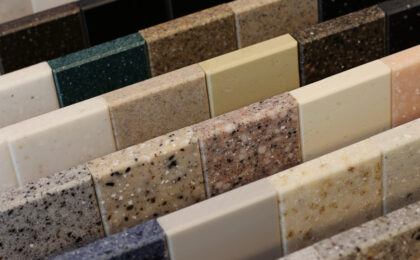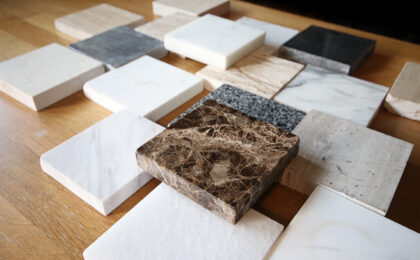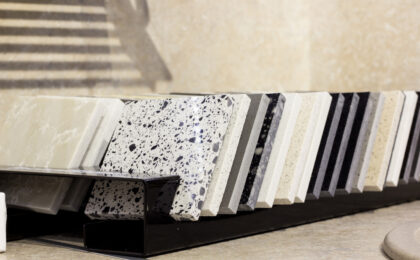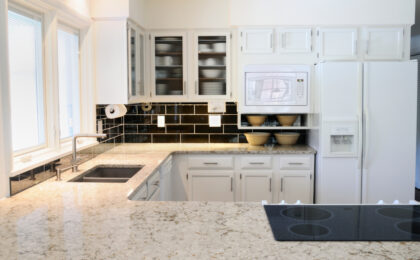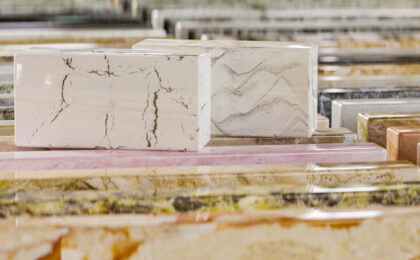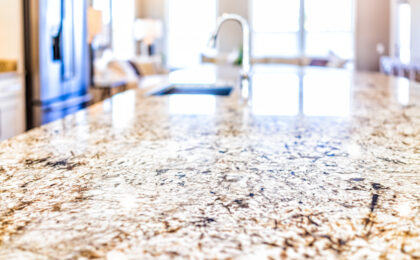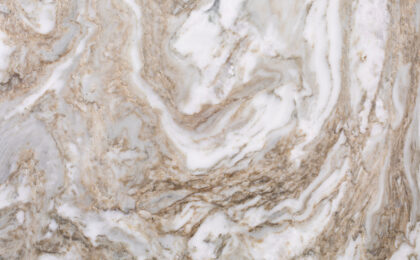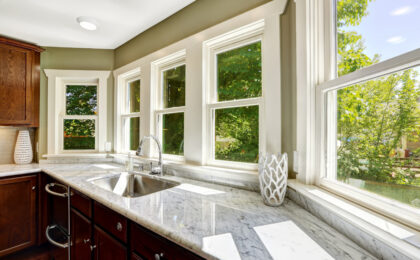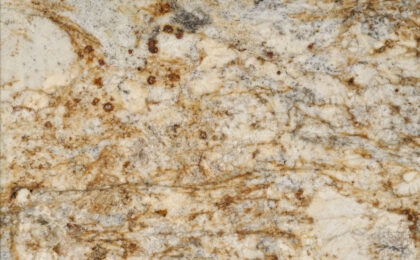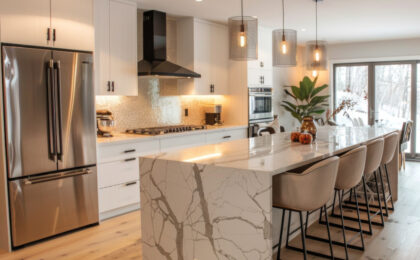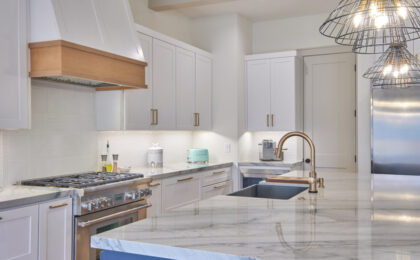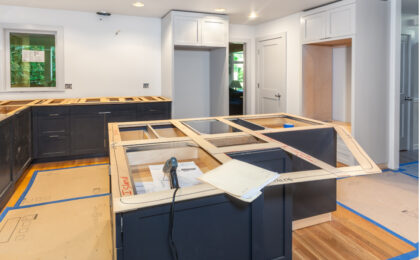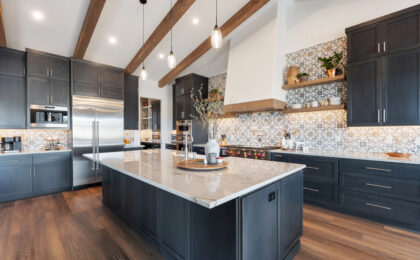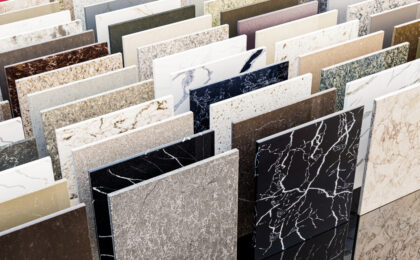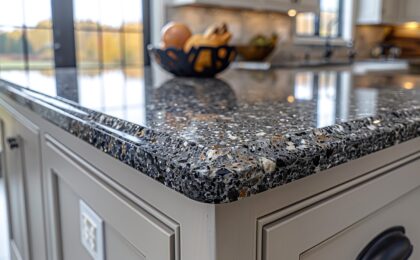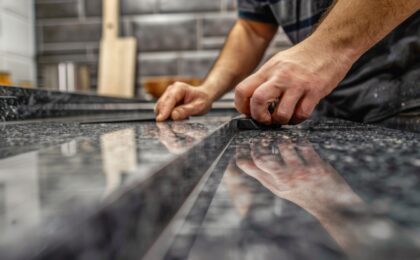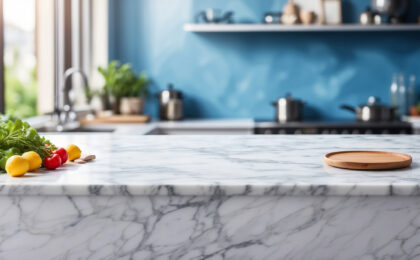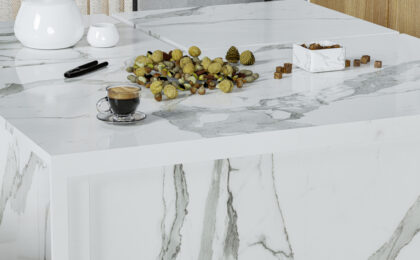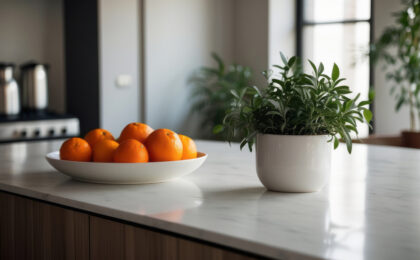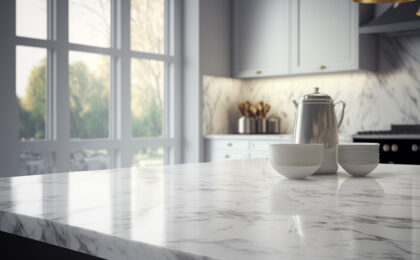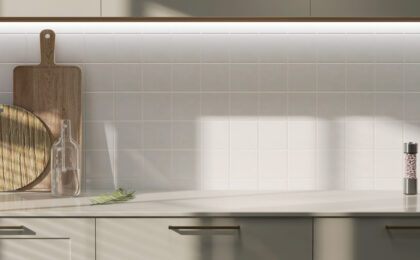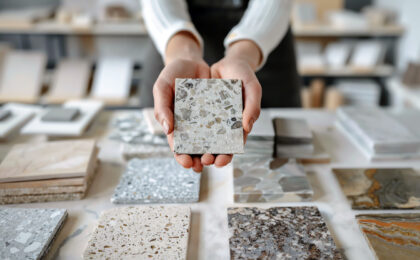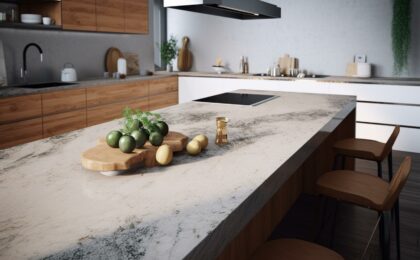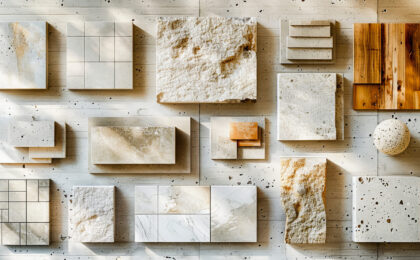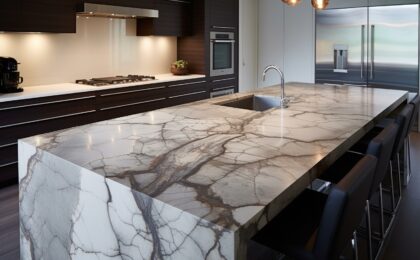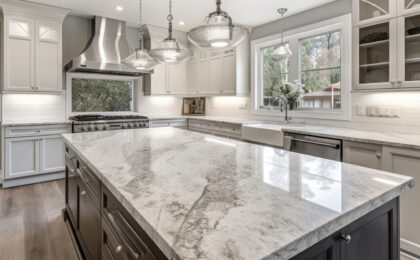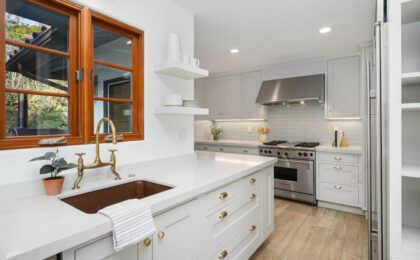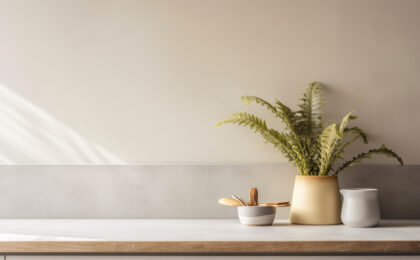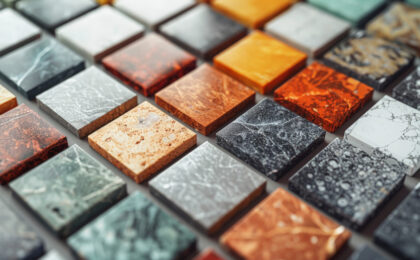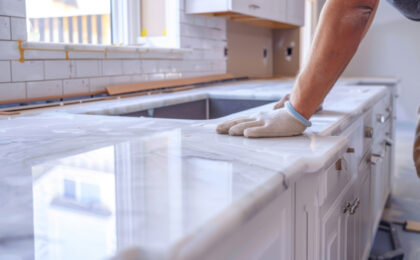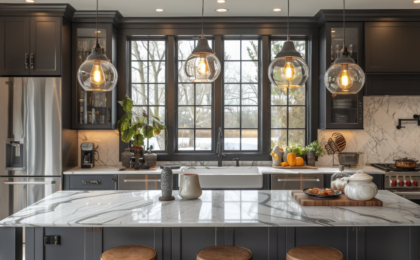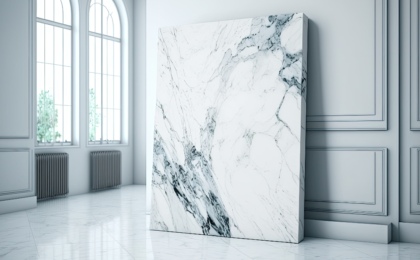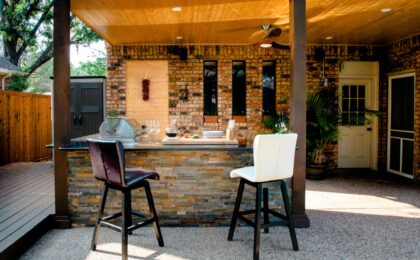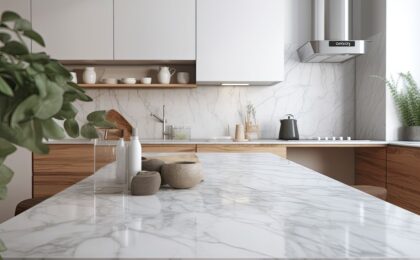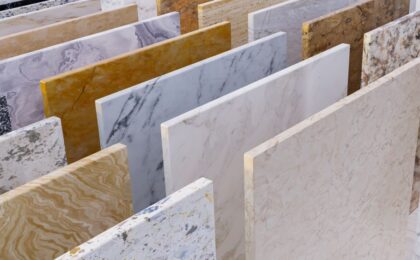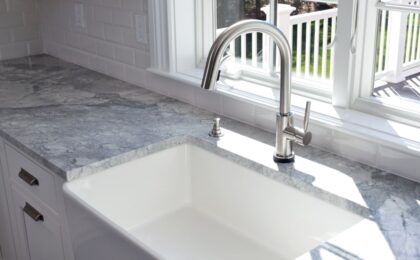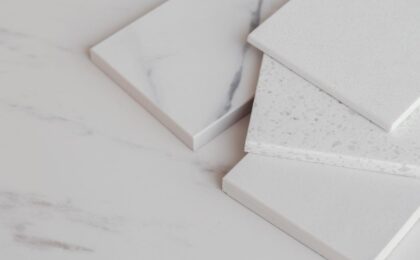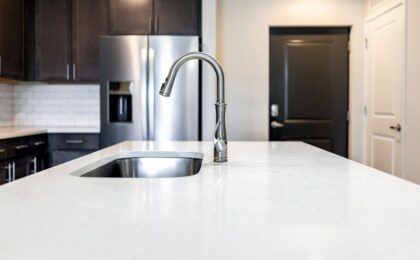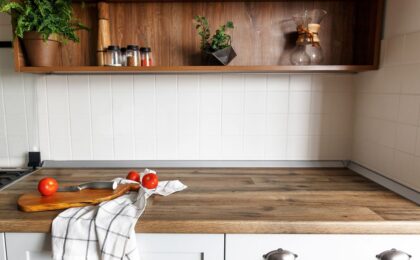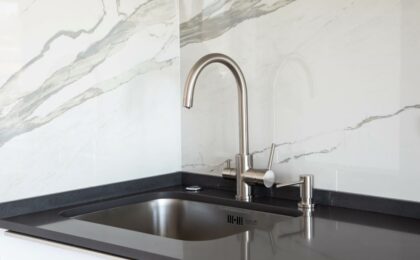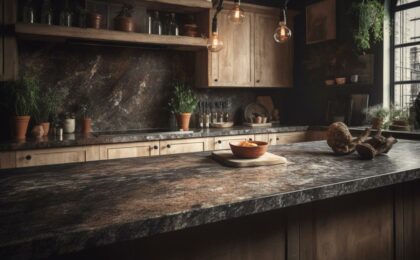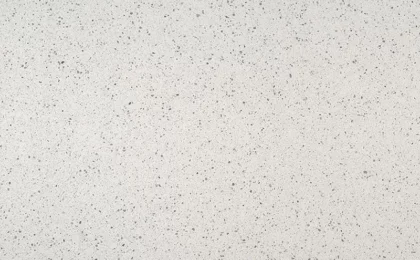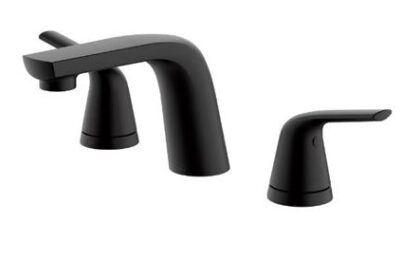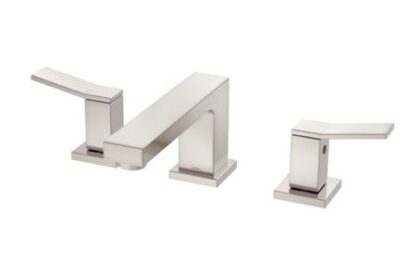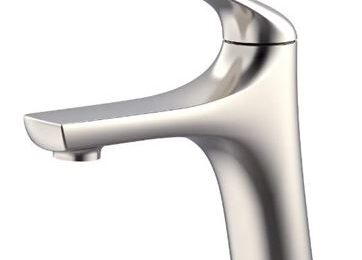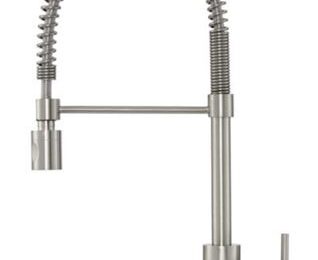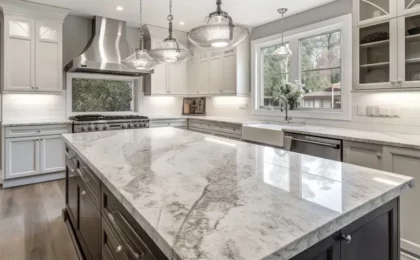Homeowners have a lot of decisions to make before installing new countertops. For instance, there are a variety of materials to choose from. Stone materials like granite and marble are among them. When stone is the material of choice, there is another consideration: countertop weight.
Stone materials are obviously heavier and more dense than wood, laminates, and composites. This is not to say that stone is out of the question because it is too heavy. Rather, it is simply to say that homeowners need to be cognizant of weight during the decision-making process. It affects a lot of things.
Dense Quartzite Countertops
In order to discuss countertop weight in more detail, we will focus mainly on quartzite. Quartzite’s weight is generally in the neighborhood of about 20 pounds per square inch. Therefore, it wouldn’t be unusual for a quartzite slab to weigh in excess of 600 pounds. That is a lot of weight resting on top of the kitchen cabinets.
One of the reasons quartzite weighs so much is that it is a very dense stone. Its density makes it a tough and resilient material. But that same density contributes to some serious weight.
Adding Proper Support
One of the first things that needs to be considered before installing quartzite countertops is whether the existing structures can handle the weight. Take an older Utah home with a laminate countertop. Looking at the existing cabinetry and floor structure is a good idea, just to make sure they can both support the heavier quartzite countertop.
If the support structure is lacking, additional support will have to be installed. The larger the countertop surface, the more additional support you are looking at.
It could be that existing countertops are strong enough to manage a quartzite slab. But if not, a homeowner has some decisions to make. Should the cabinets be reinforced or replaced? If the homeowner chooses to reinforce them, is there a way to do so safely?
Installation Challenges
The weight issue that comes with quartzite countertops doesn’t begin and end with structural questions. There is also the matter of installation. Laminates are comparatively easy to install because they can be handled without much effort. They can also be installed in smaller sections before the top layer is permanently applied. With quartzite, installation is rarely straightforward.
Installers need to be able to lift and carry any slabs they work with. The larger a slab is, the more concern there is about safe lifting and moving. Installers need to be worried about their own safety as well as potential damage to a slab that is too heavy to wield.
Adding to the pressure is having to move a heavy slab through doorways and around obstacles. One wrong move and a slab could crack. That’s why we recommend having professionals install quartzite countertops. Just due to the weight alone, quartzite installation is not a very good DIY project.
Countertop Placement
Weight is even a concern in terms of countertop placement. Due to the material’s weight and density, a general rule of thumb says that quartzite should not extend more than 30 percent of a slab’s total length without appropriate support. Long sections left improperly supported are prone to cracks.
Stone is a beautiful and durable material. Plenty of Utah homeowners have chosen it for their new countertops. It is an excellent choice, but homeowners need to consider slab weight throughout the planning and installation phases. A material’s weight and density pose challenges that need to be overcome to achieve a quality installation.

